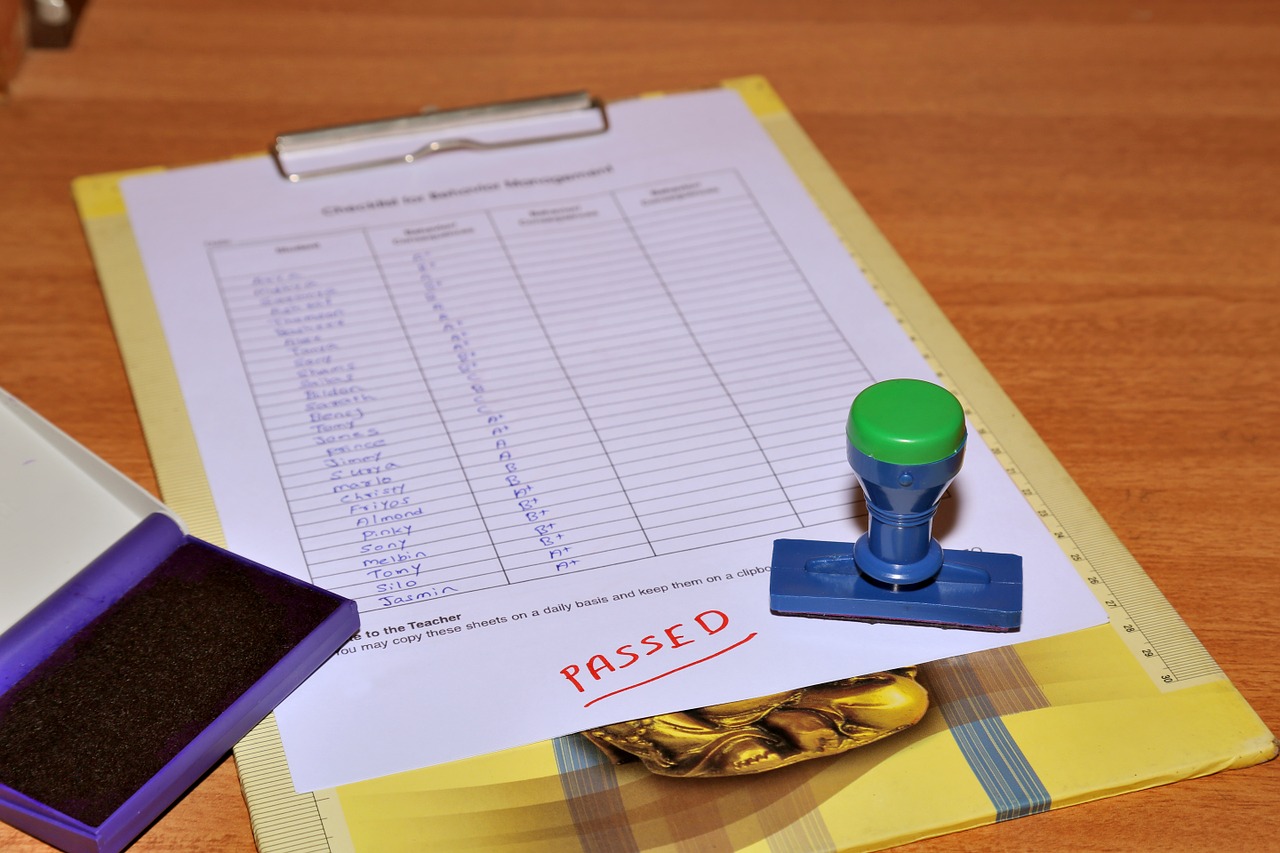
Each specialty looks for different skill sets and activities when selecting candidates for residency. As part of an admissions committee, institutions scour dean’s letters, recommendations, board scores, volunteer activities, and more to ensure that the candidate makes it through rigorous residencies. However, one of the most “in-your-face” factors that most residencies cannot overlook is the degree applicants have completed. Yes, it is a soft criterion because a suitable candidate can graduate from most foreign MD programs or DO institutions in the United States. Nevertheless, it can become an issue, especially when the committee is not sure of the quality of the medical school.
So, for radiology residency specifically, which degree stands out as the best for applicants? And, which one gives them the best chance of getting into a radiology residency program? I will break down the different degrees into Caribbean MD, Other Foreign MD, and DO schools to accomplish this feat. For each, I will give you the insider advantages and disadvantages. Then, I will provide you with my opinion of the rank order based on the objective facts of each degree.
Top Tier Caribbean MD Schools
Within the Caribbean MD schools, there are undoubtedly several tiers. First of all, we know the quality of St George’s institution since we have had a relationship with them in the past. And, we know that a top student from this school performs at the level of most United States medical schools as we see in our program. Moreover, many other program directors feel the same way from what I have heard. Unfortunately, many medical schools nowadays are biased against Caribbean graduates, even St. George. Many large prestigious academic institutions won’t even touch one of these applications unless the applicant is an exception to the rule.
Furthermore, with the AOA (American Osteopathic Association) combination with the ACGME (Accreditation College For Graduate Medical Education), having a DO degree is no longer a disadvantage for getting a residency. DO residents no longer have to complete separate osteopathic internships and osteopathic accredited residencies. So, Caribbean residents have more competition than ever before to get into ACGME accredited residencies. But, at least, the Caribbean schools with a known reputation can help these applicants secure a spot.
And then finally, the new Step I board pass/fail non-scoring criteria will prevent radiology residency programs from assessing incoming students’ test-taking acumen, which correlates with passing the radiology boards. Therefore, residencies will be more wary of accepting a Caribbean student, even from a top-tier program, especially without knowing if they are a good test taker.
Other Foreign MD Schools
For other foreign MD programs, residencies have the same problems. It’s a problem of familiarity. What does a degree from a Taiwanese, Indian, or Iranian institution mean? This problem is even more complicated than the top-tier Caribbean schools (where we are more familiar). How do we know how students compare to United States schools that graduate? Perhaps, a few institutions do break this mold. But for the most part, we cannot figure out where a candidate stands. Nor do we have the time and energy to tease that out. Primarily, we don’t need to when programs have so many excellent United States candidates to choose from nowadays.
Additionally, the ACGME combining the AOA and the new Step I board pass-fail criteria will make it much more difficult for these students to secure a radiology residency slot due to the increased competition.
DO Schools
Today, many MD radiology residency programs still have a bias against DO candidates, especially at larger academic institutions. Nevertheless, all DO schools must meet the same criteria as MD schools since the AOA and the ACGME have combined into one organization. Therefore, even at the most questionable United States DO institution, theoretically, we should know the baseline training of the medical student applicant. We cannot receive this same assurance from a foreign graduate school.
Moreover, getting rid of the Step I board scores will have a negligible effect on these applicants. Why? Because we have an idea of the baseline quality of these US accredited schools.
So, What’s The Final Ranking Of DO AND Foreign MD Degrees For 2022?
From best to worst chance of securing a radiology residency spot:
- DO Schools
- Top Tier Caribbean MD Schools
- Other Foreign MD Schools
Just a few words of advice, because you may have graduated from a lesser-known foreign medical school does not mean you have no shot of acquiring a radiology residency. And, if you are coming from a top-tier United States medical school, it does not mean you are guaranteed a spot. But, the type of program you are coming from influences the chances of getting in. You were wondering about probabilities, right?













